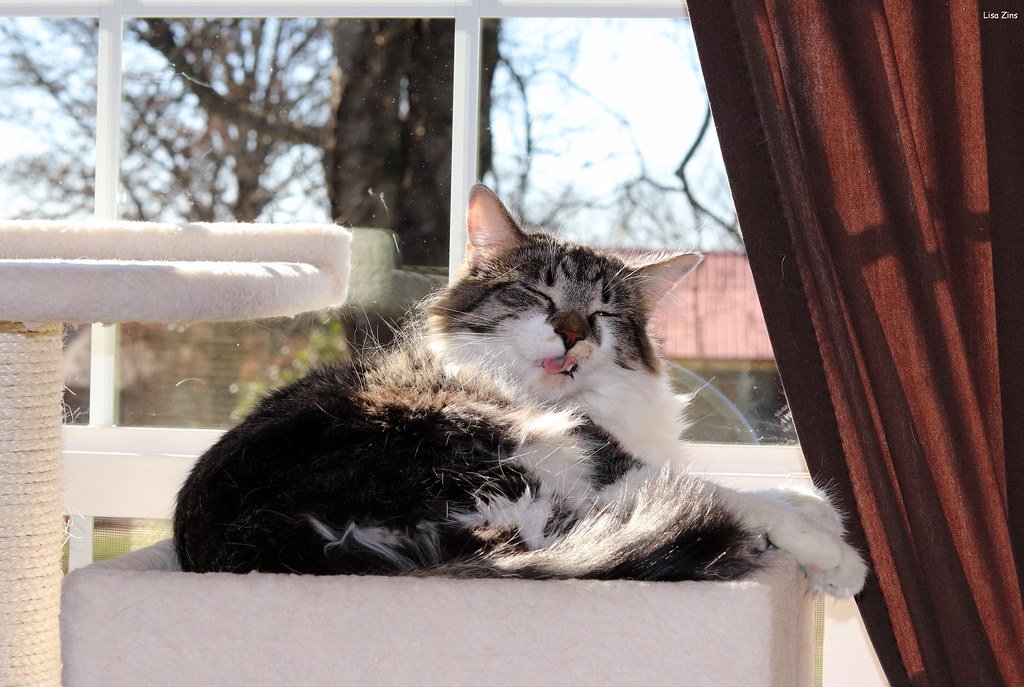Smilodon fatalis: The Ultimate Prehistoric Predator Unveiled

Picture this: you’re walking through the La Brea Tar Pits in Los Angeles, and suddenly you’re face-to-face with the most complete saber-toothed cat skeleton ever discovered. The Smilodon fatalis fossils found here didn’t just give us bones – they rewrote the entire playbook on how these magnificent hunters lived and died.
Before these discoveries, scientists thought saber-toothed cats were solitary creatures, much like modern tigers. But the abundance of fossils found together told a different story entirely. These cats lived in groups, hunted cooperatively, and even cared for their injured pack members – something we never expected from such fearsome predators.
Machairodus giganteus: The Giant That Started It All

Long before Smilodon became the poster child for prehistoric cats, there was Machairodus giganteus – a massive predator that roamed Europe and Asia millions of years ago. This fossil discovery in the 1800s was like finding the missing link in feline evolution.
Standing as tall as a modern lion but built like a tank, this ancient hunter had sabers that could grow up to seven inches long. The fossil evidence showed us that saber teeth weren’t just for show – they were precision instruments designed for a very specific hunting style that would define an entire lineage of cats.
Homotherium serum: The Scimitar Cat’s Arctic Adventure

When paleontologists discovered Homotherium fossils in frozen Siberian caves, they uncovered something extraordinary. These “scimitar cats” had shorter, more curved sabers than their famous cousins, and they lived in some of the coldest places on Earth during the Ice Age.
The preserved remains showed thick, winter-adapted fur and powerful front legs built for long-distance pursuit. Unlike the ambush predators we thought all saber-toothed cats were, these guys were marathon runners who could chase down prey across frozen landscapes for miles.
Dinofelis piveteaui: The False Saber-Tooth That Fooled Everyone

Sometimes the most important discoveries come from realizing you were wrong all along. Dinofelis fossils from Africa initially confused scientists because they looked like saber-toothed cats but behaved completely differently.
These “false saber-tooths” had shorter canines and were incredible climbers, spending most of their time in trees. The fossil evidence revealed they were actually closer to modern leopards than true saber-tooths, teaching us that convergent evolution can create remarkably similar-looking predators with totally different lifestyles.
Xenosmilus hodsonae: The Cookie-Cutter Killer

In the caves of Florida, paleontologists stumbled upon something that challenged everything we thought we knew about saber-tooth hunting techniques. Xenosmilus had thick, serrated teeth that worked like steak knives rather than the typical thin daggers of other species.
The bite marks preserved on prey bones showed these cats used a “cookie-cutter” approach, slicing through flesh and bone with devastating efficiency. This discovery proved that saber-toothed cats developed multiple hunting strategies, not just the throat-slashing technique we always imagined.
Barbourofelis fricki: The Nimravid That Wasn’t Even a Cat

Here’s where things get really wild: one of the most important “saber-toothed cat” fossils ever found wasn’t actually a cat at all. Barbourofelis belonged to a completely different family called nimravids, which evolved saber teeth independently from true cats.
This fossil discovery was like finding out that sharks and dolphins aren’t related despite looking similar. It showed us that saber teeth were such an effective hunting tool that nature invented them multiple times, in different animal families, across millions of years.
Thylacosmilus atrox: The Marsupial Saber-Tooth from South America

If you thought the last discovery was surprising, wait until you hear about Thylacosmilus. This South American predator had massive saber teeth and looked exactly like a saber-toothed cat, but it was actually a marsupial – more closely related to kangaroos than cats!
The fossil evidence showed these creatures carried their babies in pouches while hunting with deadly precision. This discovery proved that saber teeth evolved at least three separate times in completely unrelated animal groups, making it one of evolution’s most successful designs.
Megantereon cultridens: The Ancestor That Crossed Continents

When scientists pieced together Megantereon fossils from Europe, Asia, and Africa, they discovered something remarkable about ancient animal migration. These cats were some of the first saber-toothed predators to spread across multiple continents, following their prey wherever it went.
The fossil trail showed these adaptable hunters could thrive in forests, grasslands, and even mountain environments. They were like the ultimate prehistoric nomads, and their success paved the way for later saber-toothed cats to dominate ecosystems worldwide.
Paramachairodus orientalis: The Lightweight Champion

Not all saber-toothed cats were massive, muscle-bound predators. Paramachairodus fossils from Asia revealed a sleek, lightweight hunter that was built for speed rather than brute force. These cats were about the size of a modern leopard but with proportionally longer sabers.
The bone structure showed they were incredible jumpers and climbers, using their agility to hunt prey that larger saber-tooths couldn’t catch. This discovery taught us that the saber-tooth family was far more diverse than we ever imagined, with specialists for every hunting niche.
Smilodon populator: The South American Giant That Broke All the Rules

Just when scientists thought they had saber-toothed cats figured out, along came Smilodon populator from South America. This massive predator was 40% larger than its North American cousin and had proportionally huge sabers that seemed impossible to use effectively.
The fossil evidence revealed these giants had incredibly powerful neck muscles and specialized jaw mechanics that allowed them to deliver devastating bites to prey much larger than themselves. They were the ultimate example of how saber-toothed cats pushed the limits of what was physically possible in a predator.
Conclusion: The Continuing Mystery of Saber-Toothed Evolution

These ten fossil discoveries have transformed our understanding of saber-toothed cats from simple prehistoric monsters into a complex family of highly specialized predators. Each find has revealed new hunting strategies, social behaviors, and evolutionary adaptations that continue to surprise scientists today.
The story of saber-toothed cats is far from over. New fossils are discovered regularly, and each one adds another piece to the puzzle of how these incredible predators lived, hunted, and eventually disappeared. What fascinates researchers most is how these cats independently evolved similar solutions to the challenges of being an apex predator across different continents and time periods.
The next time you see a house cat stalking a toy mouse, remember that they’re carrying on a hunting tradition that stretches back millions of years to when their saber-toothed relatives ruled the ancient world. Which of these prehistoric predators would you have been most curious to observe in action?
Hi, I’m Bola, a passionate writer and creative strategist with a knack for crafting compelling content that educates, inspires, and connects. Over the years, I’ve honed my skills across various writing fields, including content creation, copywriting, online course development, and video scriptwriting.
When I’m not at my desk, you’ll find me exploring new ideas, reading books, or brainstorming creative ways to solve challenges. I believe that words have the power to transform, and I’m here to help you leverage that power for success.
Thanks for stopping by, Keep coming to this website to checkout new articles form me. You’d always love it!






